Dynamic Seating: Clinical Indicators
Michelle L. Lange, OTR/L, ABDA, ATP/SMS
A number of years ago, we featured a series of Blogs on Clinical Indicators for Dynamic Seating intervention. We’ve learned a lot since then! This blog revisits this important issue by summarizing general indicators. Please refer to the links below for more information.
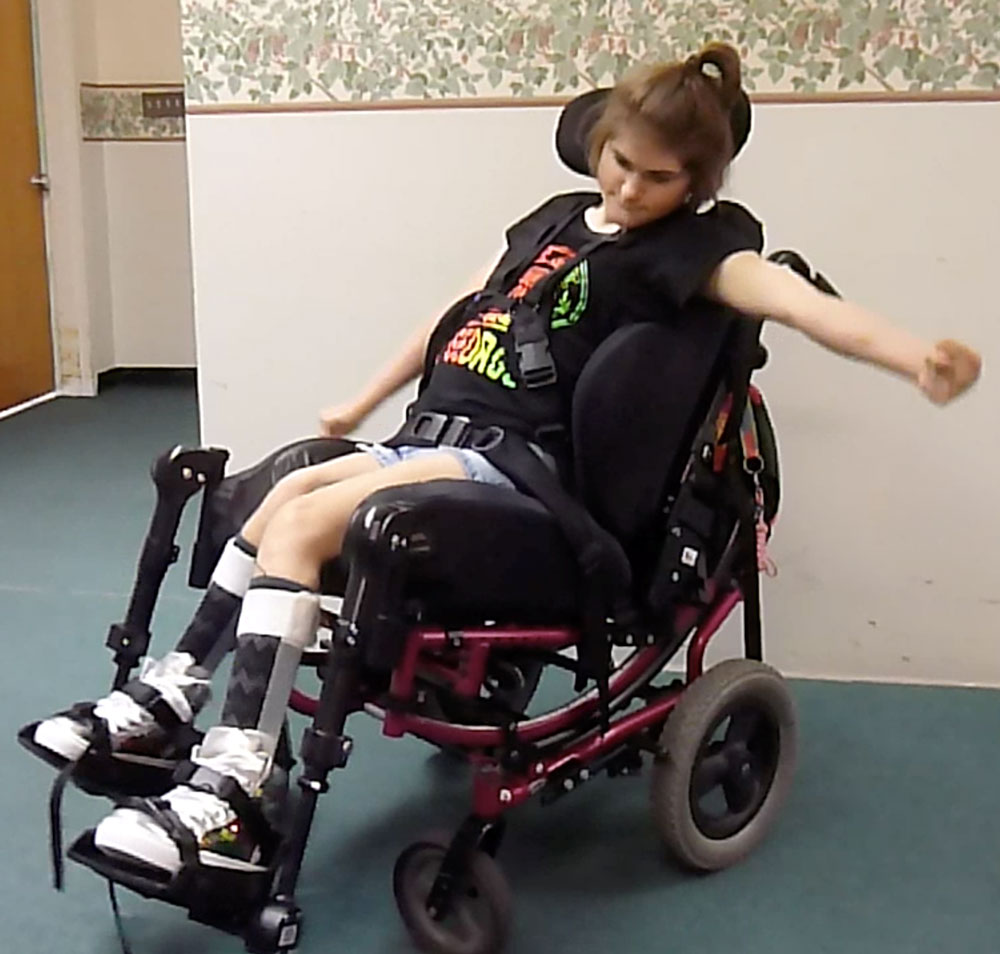
Dynamic Seating has many clinical benefits. This intervention allows Amber to move and diffuses strong extensor forces.
So, when is Dynamic Seating indicated for a wheelchair user?
Dynamic seating has many potential applications. Dynamic components absorb and diffuse force, protecting the wheelchair user from injury caused by sustained and/or repeated forces and reducing damage to the seating system and wheelchair. Dynamic Seating allows movement within the seating system without loss of alignment. Movement provides sensory input which many clients seek out. Dynamic seating components may improve postural control, stability, and function. That’s the short answer.
Here is a list of more specific clinical applications:
- To protect the wheelchair user from injury
- To protect wheelchair and seating hardware from breakage
- To increase sitting tolerance and compliance
- To maintain client posture within the seating system
- To enhance vestibular input
- To facilitate active range of motion
- To increase alertness
- To decrease agitation
- To decrease fatigue
- To increase function
- To increase strength and postural control
- To reduce active extension
- To reduce energy consumption
Primary Clinical Scenarios:
Dynamic seating is used in three primary clinical scenarios. First, it is used to diffuse force that could otherwise lead to client injury, equipment breakage, loss of position within the seating system, decreased sitting tolerance, increased agitation, decreased function, further increases in extension, and energy consumption. Secondly, it is used to allow movement to provide sensory input, increase alertness, and decrease agitation. Thirdly, dynamic seating can improve postural control, stability, and function.
Interested in more information?
Check out the following Blogs which provide more detail about each of these areas:
- Using Dynamic Seating to Diffuse Force and Reduce Overall Extension
- Dynamic Seating to Prevent Equipment Breakage, Parts 1 & 2
- Dynamic Seating to Provide Vestibular Input, Parts 1 & 2
- Can Dynamic Seating Improve Postural Control?
- Can Dynamic Seating Improve Function?
- Can Dynamic Seating Prevent Client Injury?
See our Quick Class on Dynamic Seating – General Clinical Indicators here.

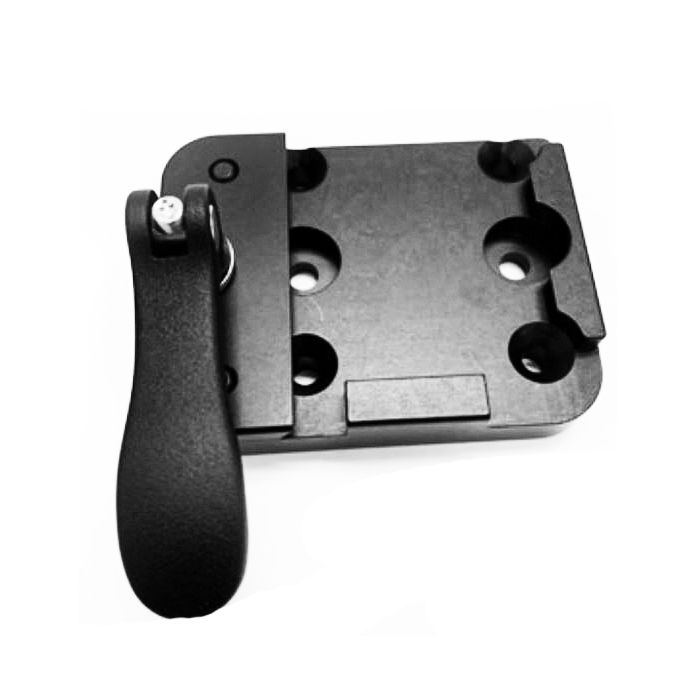
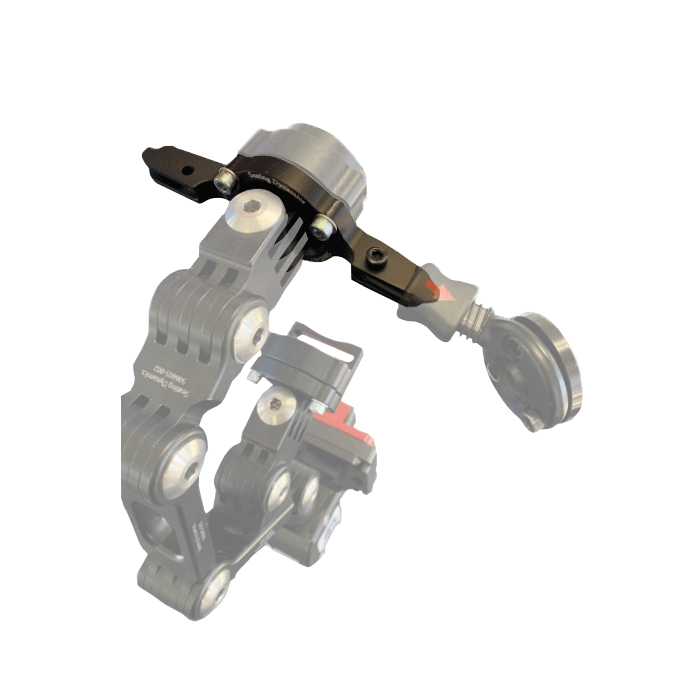
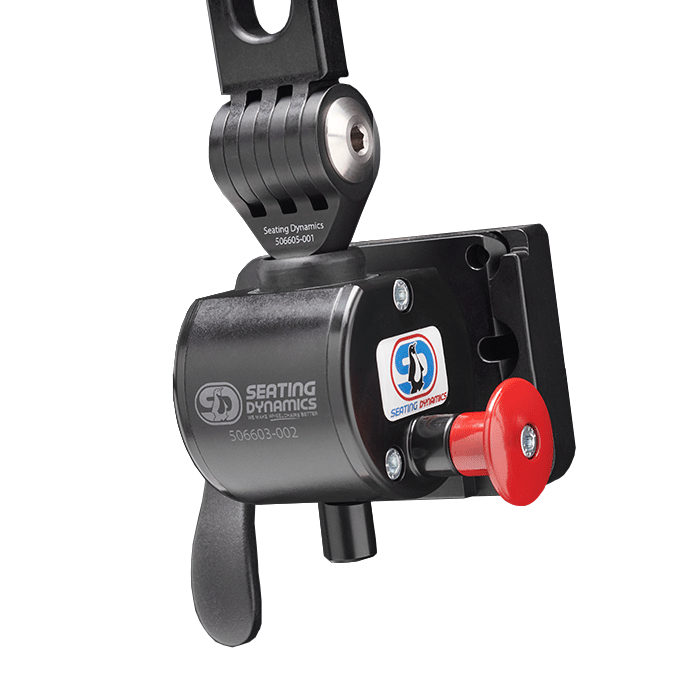
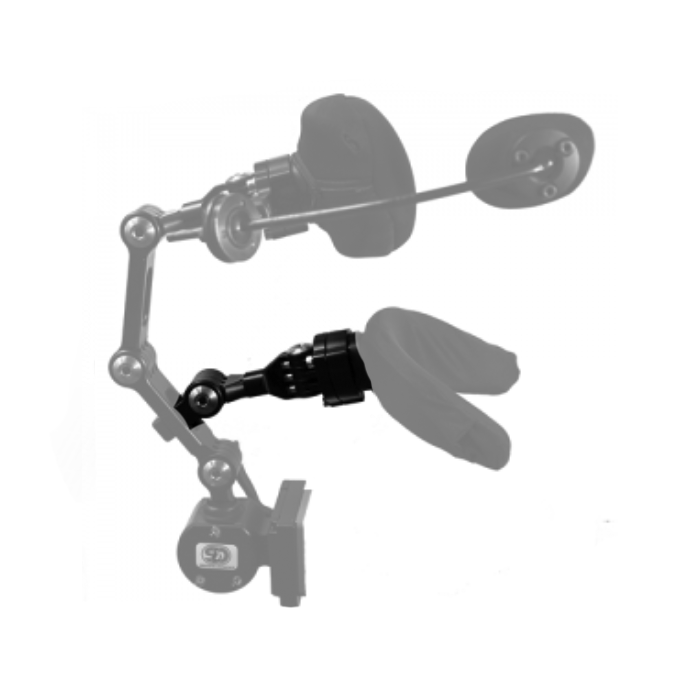
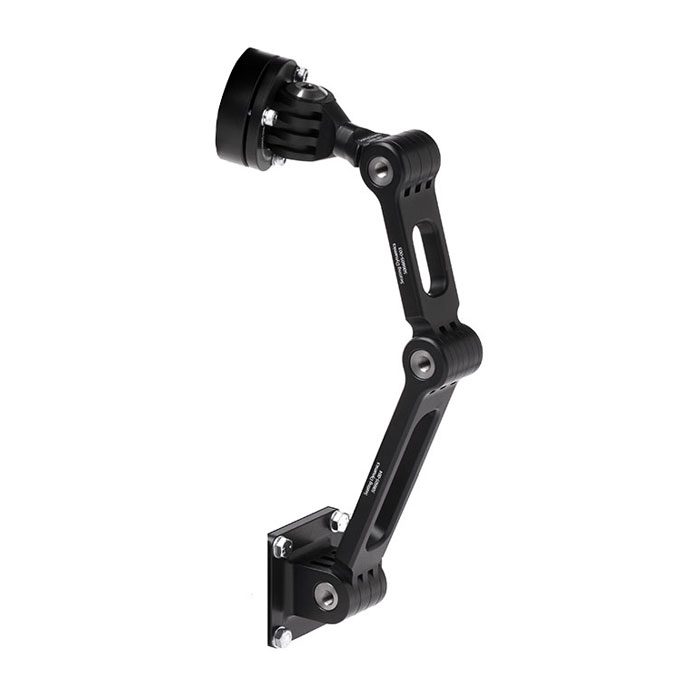
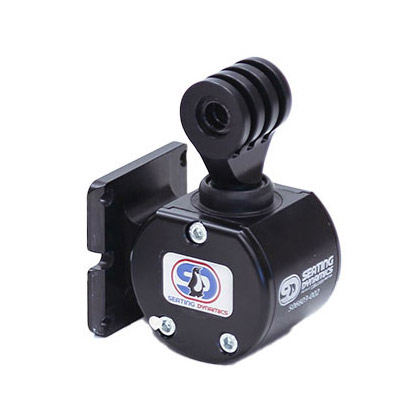
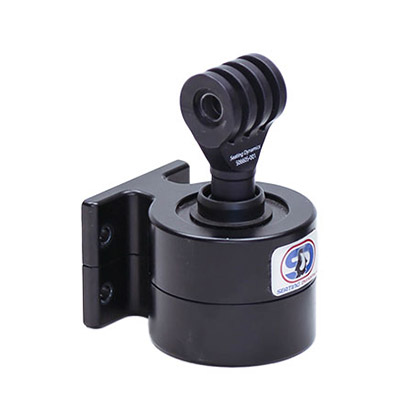
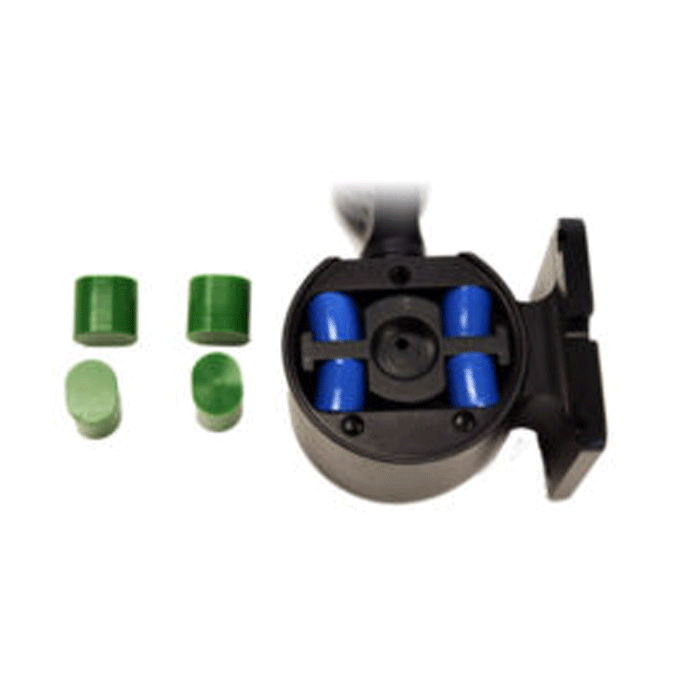
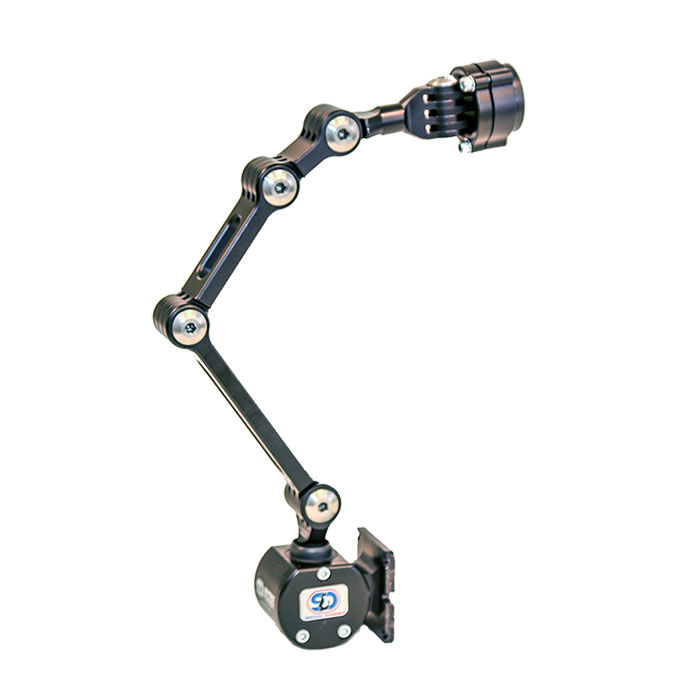

I have a friend with Huntingtons that is now in a broda chair. As she has chorea she has to move which is impossible in this chair. She was in a wheelchair with a back that could be reclined.. They won t let her in that chair anymore as the staff said she would fall sideways chair and all. I don t quite believe this but what do I know. She was also tied into the chair with a T Belt. I would love to see her in a Dynamic Seating chair so she would be still able to move. I don t know what could be done to kept her from falling sideways with the chair other then a chair with a heavy bottom which she couldn t tip sideways. She is about 5 ft 8 “ and not heavy. Any ideas for us?
Barbara, thanks for advocating for your friend. We would be happy to problem-solve with you. I will email you directly.